KEY TAKEAWAYS:
These mistakes are not referencing your track, not completing projects, not continuing to learn, overproducing, using the next stage as a bandaid, not using the audio space correctly, over-compressing, and not controlling the low end effectively. These are all indicators of a beginner song.
Being A New Producer

Being new to music production is an exciting time. The sonic world is at your fingertips, and with each day, you get better.
Of course, there are some typical mistakes that I’ve seen done by amateur producers, and once that I experienced in my early days.
In this article, we will explore nine mistakes that beginner music producers make, and I’ll give you some tips on how to get out of these mistakes. If you’re stuck in your music production journey’s progression, you’ve come to the right place.
1: Not Referencing
When creating a track, it’s good to get lost in the moment and follow your instinct. It’s how you can start to find your sound. However, referencing your track at any process stage is always a good idea.
Referencing is when you listen to a track considered to be well-mixed and in the style you’re creating against your track. The most common use is in the mixing and mastering stage, but it doesn’t have to be limited to it.
Referencing can be thought of as showing your track to a seasoned professional in the industry and getting feedback. It’s more indirect, but you can learn much by listening.
Even professionals still use this technique.
Mixing
For mixing, you’re listening for the balance in the track. How loud everything is, how prominent specific frequencies are, how compressed the tracks are, and how the tracks gel together.
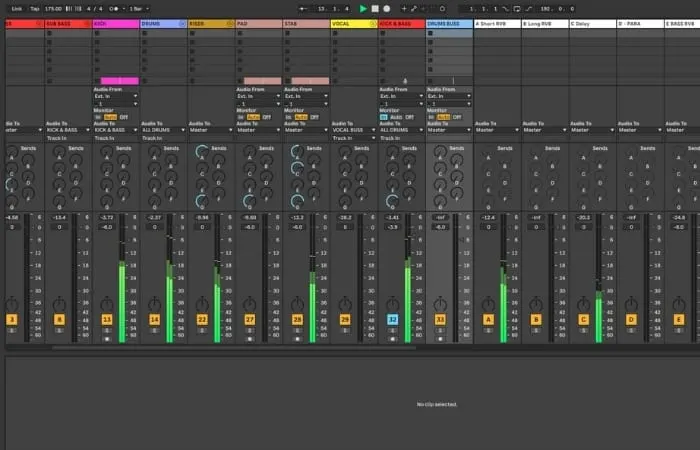
At the mixing stage, you want to listen to both tracks at the same volume.
Listening to the reference track at a higher volume will automatically make it sound better, but it’ll be the volume.
Our brains are tricked into thinking that louder is better or more pleasing.
By listening to both tracks at the same volume, you’re focusing on the other reasons why the other track is well-mixed, so you can accurately adjust your track.
Mastering
You’re listening to how the whole song is brought to the desired volume, what extra EQ or coloring is involved, and the stereo image of the track. It can be helpful to have a reference track that you can hear before and after mastering, to see the difference between the mixed and mastered versions.
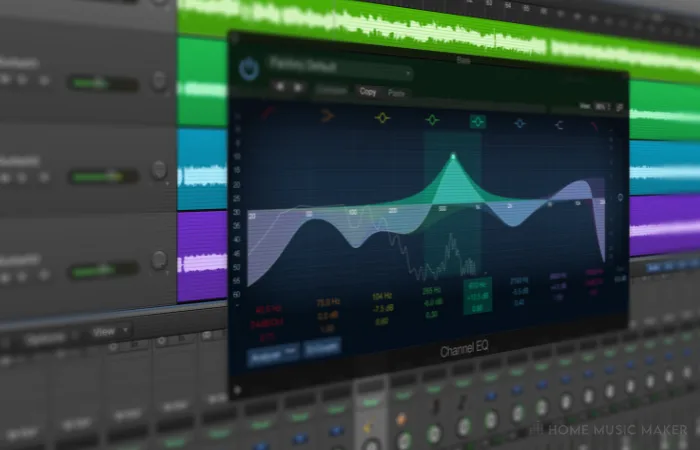
If you have the reference track downloaded, you want to put both tracks at the same level, not the same volume. This means you listen to both tracks at a set value, say at 0dB on the fader. This way, you know where to aim volume-wise.
Production
You can also use reference tracks in the production stage, especially if you have an overall sound that you’re looking for.
By listening to similar tracks, you can hear how dense the production is, the critical elements of the track, what kind of sounds are being used, and much more.

It’s like taking a masterclass with your favorite producer if you listen to it.
Songwriting
Referencing in the songwriting stage is valuable, but only if you use it in moderation and don’t rely on it. If misused, you can quickly start writing the same music as someone else.
I like to use this technique when stuck on the song’s structure—not knowing when to change the chord progression or deciding whether to have a bridge.
It’s an excellent place to get an idea of where to go.
In this case, I’d recommend using multiple reference tracks. That way, you’re much less likely to start copying the music you’re listening to, even if it is subconscious.
2: Not Completing Projects
I cannot stress enough how important this is. I know this from experience. I became proficient at creating cool-sounding loops or sections of a song, but I forgot about the rest of the process.
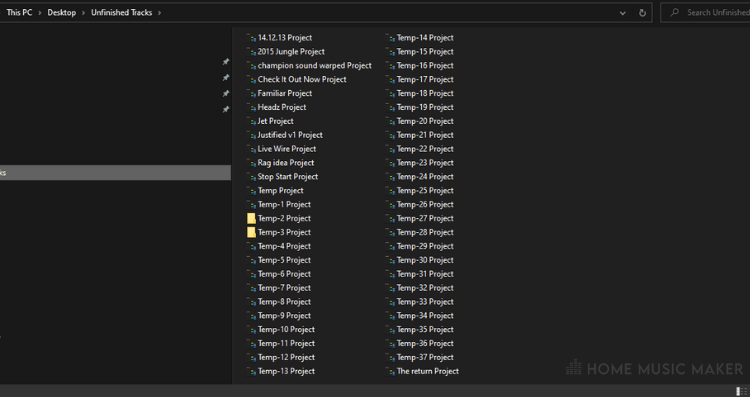
You’re rarely going to release a loop or a section of a song. You need the entire track.
Finishing a piece is a skill within itself.
When you start a song, it’s exciting, and ideas fly out. But usually, the excitement begins to lower, and as a result, your music is forever incomplete.
Like any skill, you need to practice.
Say that you’ll finish a song at least once a week. You don’t have to release it. Work on it until it’s complete.
Releasing is essential, too, though, as it finalizes the completion and adds something to the skill learning that you only get if you release it. But of course, you should only release songs you’re proud of.
READ NEXT:
3: Thinking You’re Done Learning
Whether it’s due to arrogance or ignorance, the day you think you’re done learning is when you start falling behind. Furthermore, this applies to everything in life. You see it in older generations where they can’t grasp today’s concepts. It’s because they assumed they were done with learning after school.

It’s the same in music. There is always something more to learn. Isn’t that part of the fun, though? The evolution of technology and the creation of music. Whether it’s a new plugin or a new mix masterclass out, you can always learn.
On top of that, you can still learn from people who have yet to gain experience. Even if someone hasn’t been in the game for as long, they can still teach you something. Everyone’s brain is wired differently, and the perspective of a less experienced producer has led to some interesting unorthodox choices that sound great!
4: Overproducing
I did overproduce as I started to get better at producing, as I thought it meant better tracks. However, I’ve noticed that today’s music only has the key elements and allows for space in the mainstream.
Of course, there is a balance between underproducing and overproducing. You want an exciting song but don’t wish to put unnecessary layers there for a ‘bigger’ sound. This is something to listen out for when referencing your tracks.
READ NEXT:
To compare an amateur and a professional producer, check out our article on a production battle between 3 producers of different experience levels.
5: Relying On The Next Stage To Fix Mistakes
A common mistake I’ve heard is, “Oh well, I’ll just fix that in the mix”. Relying on the next stage of the music creation process is a sure way to fail. It starts with relying on production to mask bad songwriting and relying on a master to fix a sour mix.
Try and get each part of the music creation process to its best, then move on. Of course, there are exceptions. If there was a mistake while recording and you no longer have access to the studio, there are some great tools to help fix or mask it.
However, the issue lies when you lean on these tools to compensate for something lacking. These tools are great for small mistakes but won’t sound as good when it’s an obvious mistake. Focus on each stage intently like it’s the last stage,
6: Lack Of Change Or Evolution In A Track
The quickest way to create a lackluster track is to keep it stagnant. Your songs need to progress, evolve, and change. This doesn’t have to be done through complex music theory, either.
A good rule is to make each section different in some way. For example, adding an extra element to each chorus, whether a percussive element, an additional vocal harmony, or anything. This way, it’s evolving, building, and more extensive than the last in some way.
An excellent example of this is Attention by Charlie Puth. In the second chorus, he adds a cowbell sound. It’s a small change but further progresses the song.
It isn’t easy to think of how to progress and evolve a song. There are new artificial intelligence tools to help you with this.
READ NEXT:
7: Not Considering The Stereo Image or 3D Space
The most common mistake in amateur mixes or production is a track not using the audio space properly. Every song element needs to have its place in this space; when it’s unbalanced or not utilized properly, that gives it away as an amateur mix.
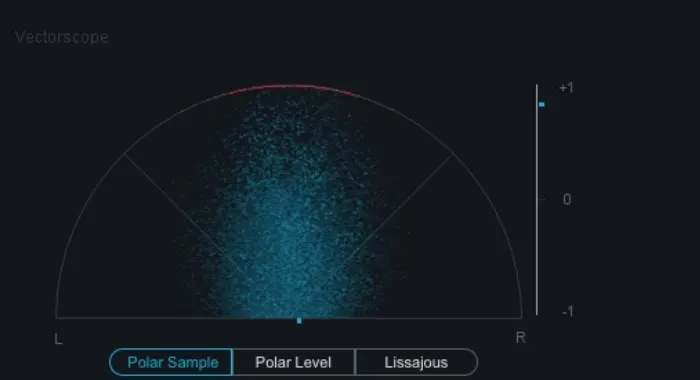
The stereo image is the width of the track. It’s the left, right, and everything in-between. Spreading the elements of your way into the stereo image is typically achieved through panning.
The archetypal example is when a rhythm guitar part is played twice, with one of the parts panned all the way left and the other all right. You can hear this in nearly all modern rock songs, for sure.
The 3D space, in terms of audio production, is the depth of the mix. Image the mix is a room. If you’re at the front of the room, how far back do you want each element of the song?
The 3D audio space is navigated through reverb, delay, and EQ. For example, if you want your drums to be the furthest back in the mix, then you would use some suitable room reverb, possibly a hall reverb too, and take off some of the high-end frequencies.
8: Over-Compression
You may have heard about the “Loudness War” where mixing and mastering engineers fought to get their mix as loud as possible. The typical means to do this is limiting and compressing the hell out of a track.
Of course, this didn’t always sound terrible, and an experienced engineer can make this work very well. However, a dead giveaway of a beginner track is the audible effect of over-compression.
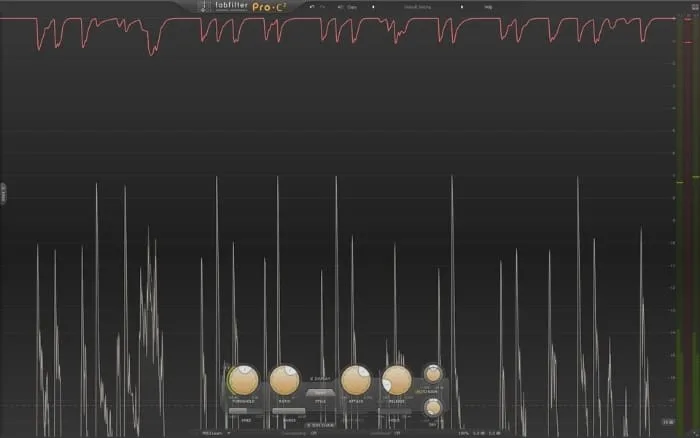
If you’re unfamiliar with compression, think of it as an intuitive volume knob. You set a volume level that you want to start the compression. Once the audio is at or above that level, the compressor kicks in and lowers the volume. Other parameters are involved, but this is the basis of the idea.
Limiting is compression on steroids. It’s usually the last thing in the mastering chain to ensure that the track doesn’t peak past a set volume level.
If these effects are overdone, then the track will have a noticeable swelling sound throughout. If too much is compressed, then this effect will go wild.
However, I have a couple of tips for you to reduce this. First, use two instead of one compressor to do all the work, even if it’s the same compressor.
You could, for example, use the first compressor with a quick attack and release but a high threshold to catch all of the loud parts of the track. The second compressor could be set to less aggressive settings with a lower threshold to even the track.
This means that the second compressor takes care of the audio after being reduced in its dynamic range, allowing for a smoother compression effect.
The second tip I have is adjusting the attack and release of the track. If compression is too aggressive, it will start to distort. This is why saturation will also compress an audio signal. This distortion is minimized or even removed by having a slower attack and release. Trial and error these settings for each track to get the right sound.
9: Unnecessary Low End
Finally, the last mistake that every new music producer makes is not handling the low end correctly.
First, look at the lowest frequencies, the rumbles, if you will. These are unnecessary for most of the tracks in your song, except for bass and sometimes a kick drum. These frequencies are mainly inaudible to human ears, but it does muddy up the mix. The easiest way to handle these is to cut them out.
To cut out your unnecessary low end, take an EQ of any kind, and put a high pass on it. Continue to increase the frequency of the high pass until you can hear the track getting thinner. Then go back to the point where this started. Ideally, you want to cut frequencies until it audibly removes the body from the track.
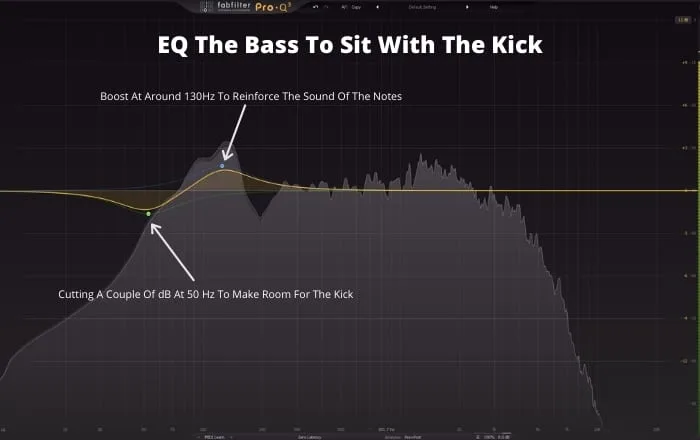
This will prevent the accumulation of unnecessary low-end and give your mix more room to breathe.
Final Words
Don’t let any of these mistakes dishearten you if you do them. We have all done them. How else would we know what not to do? Furthermore, remember that there is no such thing as a rule that can’t be broken in music. Experiment and find what works for you, but if you’re stuck in your progression, these tips will take you from beginner to the next level.
READ NEXT:
Now that you have these general aspects down, how about we look at something more specific? Check out our article on why mixing vocals is so hard and how to make it easier.

 Want to connect with other music producers for help and guidance?
Want to connect with other music producers for help and guidance?